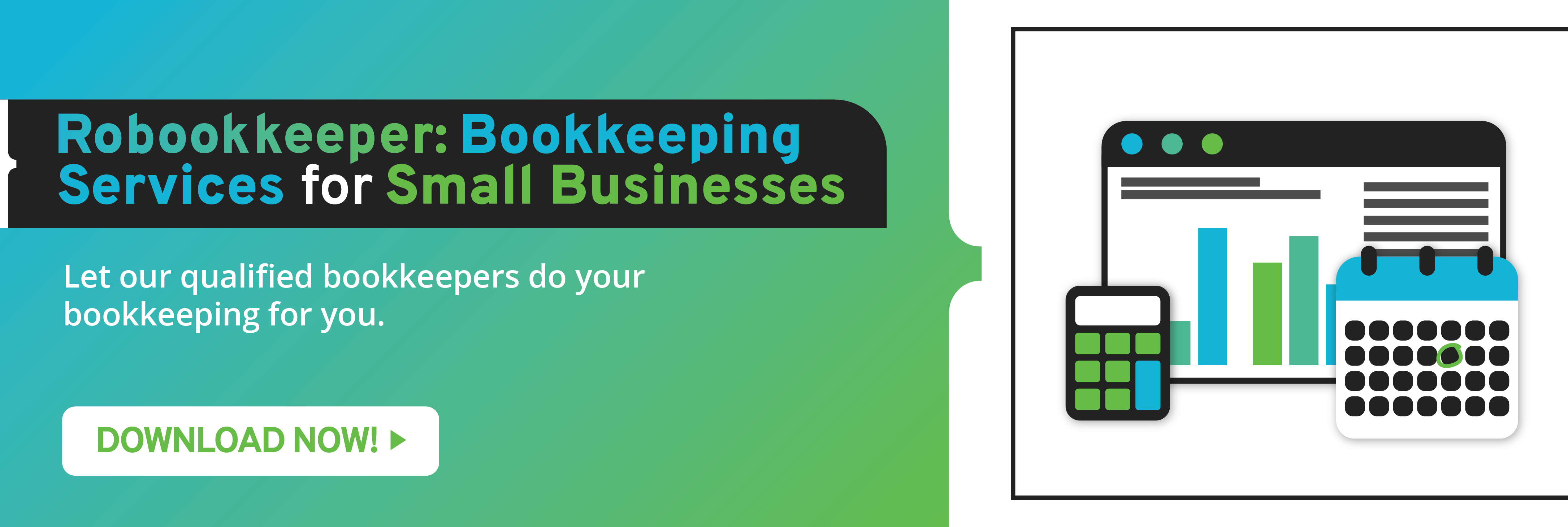Your marketing strategy allows you to connect with your intended audience and convert at a high rate. However, it’s not as easy as simply making a plan. You need to understand your market’s needs, wants, ideal touch points, problems and the solutions they’re looking for. A customer-centric approach allows you to cover all of the mentioned points.
Here’s how to create a marketing plan that works.
Start with an Idea
Brainstorm with your team to let creative juices flow. Let them put all their ideas on the table regardless of its budget. Once all ideas are out, you can identify which plan fits your small business’ goals and if it’s within your budget to implement it. After finalizing the plan, establish time-bound goals and short-term phases you need to complete.
Make a Buyer Persona
It’s difficult to craft an integrated marketing communication, if you’re trying to sell to too many kinds of people. Top selling brands (regardless of their size), know who they are and who they’re selling to. Identify a specific group of people you’d like to market to, after doing so, create one single persona that embodies that group. Have a specific gender, lifestyle, age, purchasing behavior and other certain characteristics. This enables you to create a brand message that resonates with your audience.
Establish Objectives
Your marketing plan must sync with your small business’ goals. This synergy allows you to achieve short and long-term goals that lead to the growth of your company. The more customers you connect with, the higher your profit will be. Other business objectives you can synchronize with your marketing strategy are raising brand awareness, increasing the number of participants for your events, hitting a certain sales number, or entering a new city.
Identify Tools You’ll Need
Leverage technology that allows you to collect and interpret data. There are different ways you can use data to make a marketing plan, launch a new product or understand your customers more. However, you need the appropriate tools to monitor, collect and analyze the data you gathered. Google Analytics, SEMrush, HubSpot, Buzzsumo and others are just some of the tools you can use to collect and analyze data such as website traffic and performance, click through rate, geolocation of visitors and other information you need to create a targeted marketing plan.
Assess Media Platforms
How to create a marketing plan includes the assessment of various media platforms. Not all platforms are within your budget or are the appropriate touch points of your target customers. Identify platforms where you can advertise, create your own content, or use user-generated content. A combination of these allow you to reach a wide audience and improve your conversion rate.
Plan Your Campaigns
Include the message you want to convey to your target audience, your projected budget, and the type of content you’ll use when making a plan for your marketing campaigns. Synchronize the objectives of your campaign with your business’ goals. Use the right tools to collect and monitor so that you can assess the results of your campaign.
Time to Implement
Now that you have the marketing plan, it’s time to take action. Identify the different phases of your campaign and take the steps needed to complete them until the end. Always communicate with your team to keep them focused, performing at a high level, and keeping in sync with all your objectives.
These how to create a marketing plan steps provide you with a blueprint you can follow when you plot your next campaign. If you need assistance with updating your accounting books after budgeting and planning your campaign, we at Robookkeeper can provide you with quality bookkeeping services for small business owners.

